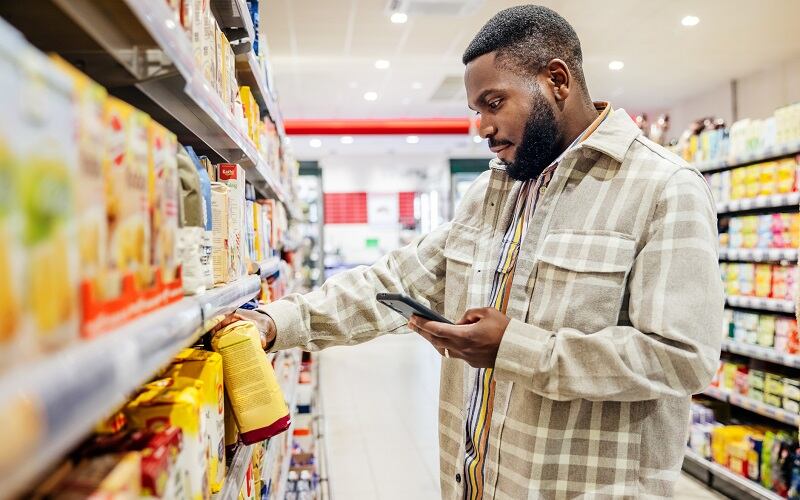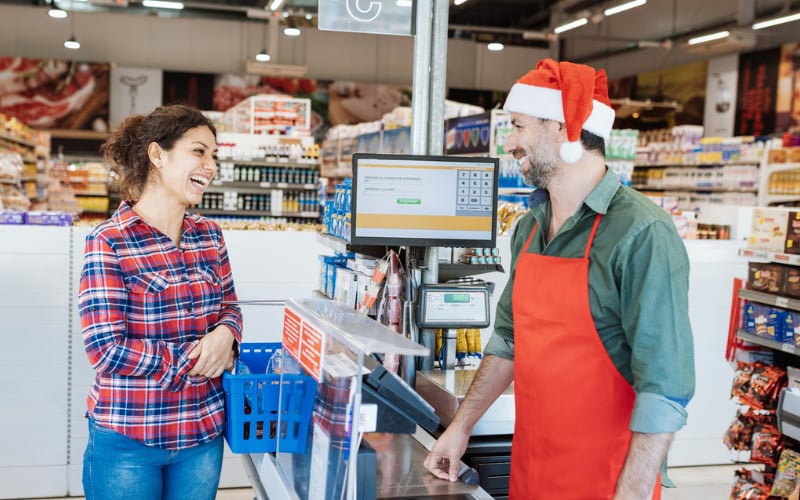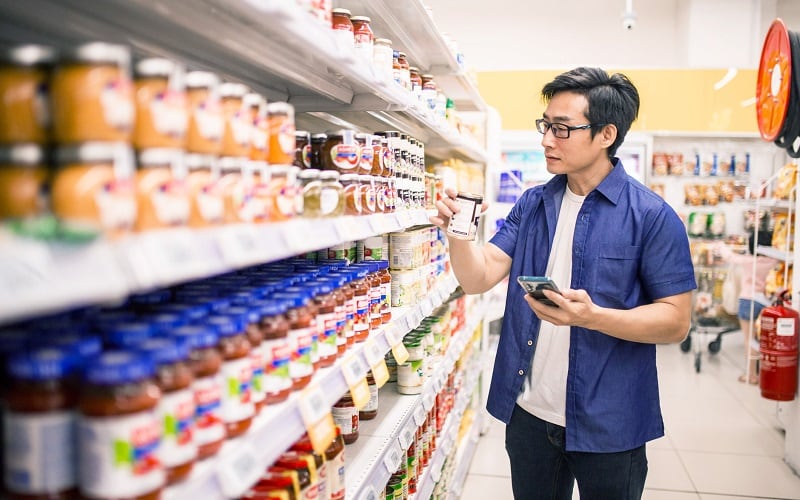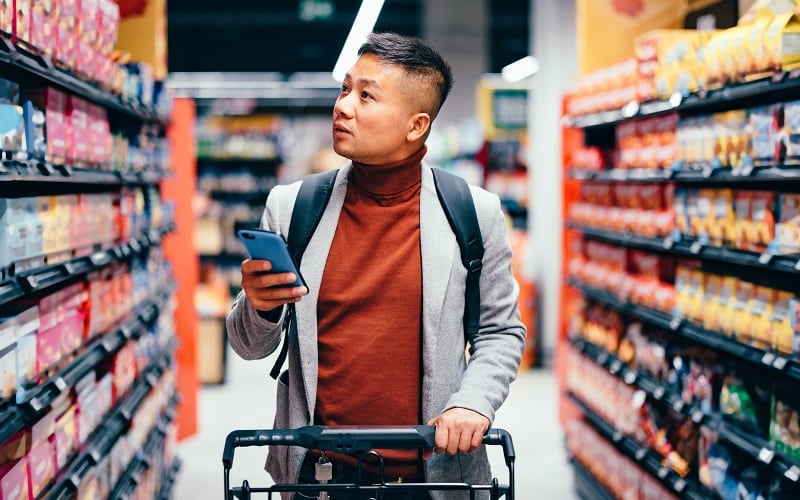While consumers have shifted to more in-store shopping since the pandemic, they are relying on digital channels to influence purchases and find new products. Retailers that have created omnichannel shopping experiences that blend both in-store and digital experiences have seen increases in basket sizes and higher consumer engagement.
Consumer behaviors are "very much omnichannel," with many searching online for product information while they’re in-store, said Mike Black, CMO for Profitero, on the webinar. Half of consumers are consulting a retailer's website while shopping in-store to find the best deals and prices, 42% to check product reviews, and 34% are managing loyalty accounts and coupons, according to Profitero data.
Brands struggle to tell a coherent, integrated omnichannel shopping story
Though omnichannel shopping experience can help brands and retailers grow, many are struggling to create an integrated and cohesive strategy, explained Anne Zybowski, VP of e-commerce and digital shelf for Circana. Only 12% of brands “feel comfortable from an omni approach and are starting to integrate some ... KPIs into how they go to market,” she added.
“When we polled our audience last time to describe their company's capabilities when it comes to fluency in the digital-shelf levers ... and being able to integrate omni, we found that still 16% of folks are still really copying and pasting their store strategy and feel like they're doing fine because they're just focusing on the store and since that's the majority of the volume, that's what they're going with.”
Many brands are somewhere in the middle in terms of creating an integrated omnichannel shopping experience, Zybowski said. In terms of challenges, 44% of companies said that they have invested in internal education but struggle to drive consistent omnichannel adoption, and 42% said they can tell a great e-commerce story, but the online and store approaches are currently siloed.
Building omnichannel baskets in today’s environment
When it comes to driving purchases, brands and retailers have several digital levers to pull that can help sales, and digital has “a lot more real estate to play with” over brick and mortar, Mike Black, CMO for Profitero, shared during the webinar.
“Content is omni. Retail media is omni. That means the investments you make in that digital space are paying dividends in the brick-and-mortar space, and it's a surround sound [effect], and that's why those investments are so important. They're going to pay dividends in the entire shopper purchase, so we have to rewire our thinking to be omnichannel because it's going to have an impact on our basket building.”
Brands can educate consumers on a product in more detail online through content and more quickly make changes to it, Black said. Brands can also leverage retail media to find new ways to pair a product from one category with another, Black explained.
Circana found that consumers were 10 times more likely to have oatmeal and yogurt within their online basket, compared to only four times more likely in-store, based on data for the 52 weeks ending Aug. 13, 2023.
“Retail media, in buying sponsored search ads, allows you to basically put your brand across other categories. So, I could be shopping for yogurt, and I see an ad for [a] cereal brand,” Black said. “Retail media as a tactic is opening up a lot of dynamic ways to cross sell, upsell, and build basket.”
Despite these opportunities to grow with retail media, CPG brands also face challenges from the very retailers they are looking to work with, as many are now pushing their private-label brands more aggressively, said Oskar Kaszubski, chief growth officer and co-founder for firstmovr. This comes at a time when consumers continue to shop more private-label brands, and they plan to stick with them even when food prices come down, according to recent FMI insight.
“No matter what, retailers know that they have basically a massive advantage just because they can actually push the retail private label above anybody else.”





